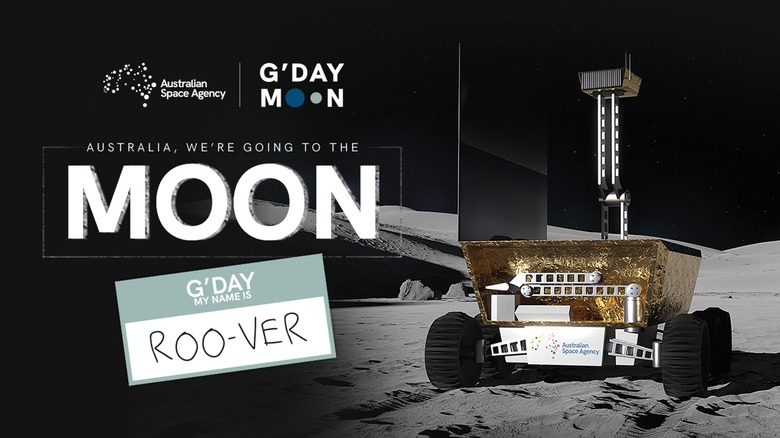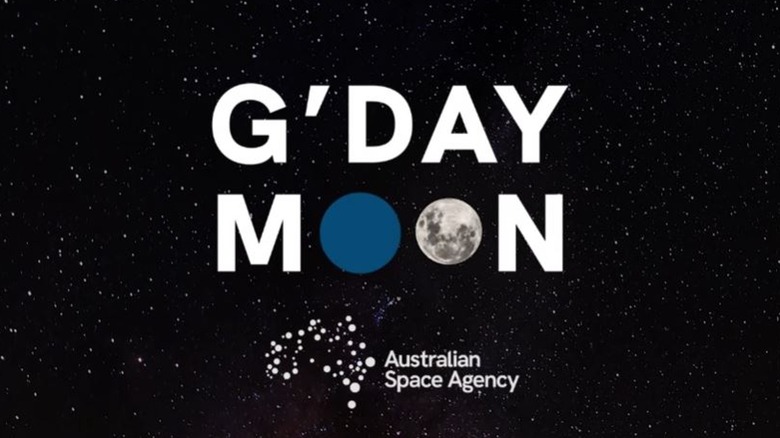Australia's First Moon Rover: What You Should Know About 'Roo-Ver'
Having been officially founded in 2018, the Australian Space Agency is one of the youngest space research organizations in the world. Unlike many of its contemporaries, the Australian Space Agency has not yet deployed an unmanned rover to the surface of the moon, one of the major starting points in outer space research. However, that will soon change as Australia preps its first rover with an exceptionally adorable name.
The Australian Space Agency announced today that, after a lengthy public submission and voting process, it has settled on a name for its first lunar rover: "Roo-ver." The name secured 36% of the final vote, beating out other names, including Coolamon, Kakirra, and Mateship.
👋 Say g'day to Roo-ver.
The people of 🇦🇺 have spoken. After close to 20,000 votes, Roo-ver has come out on top.
We can't wait to share Roo-ver's journey with you as it heads on a historic Artemis mission to the Moon with @nasa.
Learn more: https://t.co/V4WoOOodIq pic.twitter.com/3PFyobmXrD
— Australian Space Agency (@AusSpaceAgency) December 5, 2023
The name was submitted by an individual from New South Wales named Siwa, who believed it was the best way to present Australian pride and heritage.
"Our lunar rover deserves to be named after something iconically Australian, reflecting the Aussie spirit as we launch into this new endeavour," reads Siwa's statement on the Agency's website. "A kangaroo is part of the Australian Coat of Arms, and it's time for Australian science to take the next leap all the way up into space."
Roo-ver's makeup and mission
The Roo-ver module is estimated to weigh about 20 kilograms (approx. 44 lbs.) and is roughly the size of a travel suitcase. The device will be semi-autonomous, carrying out automated directives while also following direct commands from mission control.
Roo-ver will be sent to the moon as part of NASA's Artemis missions in 2026. The rover is projected to touch down somewhere on the south pole of the moon, where it will spend roughly two weeks in Earth time (about half a day on the moon itself) collecting regolith samples for analysis. The purpose of this is to verify theories that regolith may contain oxygen particles. If this is proven to be the case, it could be a major breakthrough in space travel, as oxygen is vital for astronaut survivability and rocket fuel creation.
The Australian Space Agency hopes that getting involved at this critical juncture of space research will help to advance the country's burgeoning space industry, which in turn will hopefully lead to the development of new and interesting technology.
"From Manufacturing to Mining, to Health and Science, and critical technologies such as AI and Robotics – space exploration requires the skills and capabilities from all these areas," the Agency said on its website. "By getting Australian industries involved in Australia's first mission to the Moon, we can advance these industries while also boosting our economy and generating jobs now and for the next generation."

